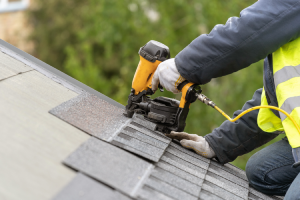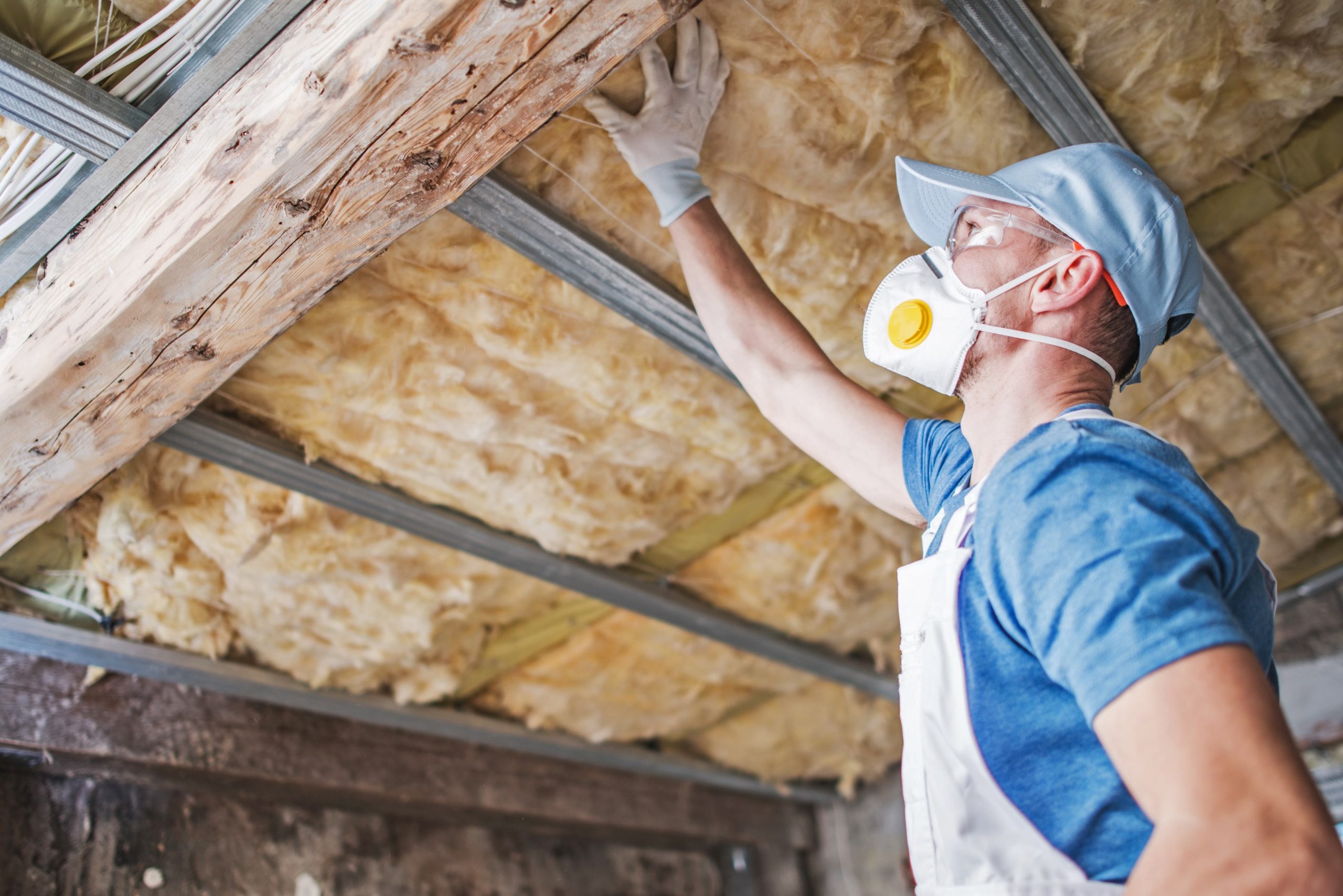A new roof is a significant investment — The average composite reroof costs $28,256 (Source: Remodeling magazine). Maintenance is your secret weapon to delay these more significant projects.
Did you know a worn-out roof loses its ability to reflect sunlight? The function of composite shingles is to keep your home cool during the summer and dry during the winter. Roof maintenance affects more than just the design of your home; it could impact your carbon footprint, the moisture levels of your attic, and your home’s resale value. Whether your roof is brand new or as old as the home, keeping up with the basics can significantly extend its lifespan and save your pockets.
If you’re reading this, you probably own a home, and your roof might be a little neglected. Don’t beat yourself up; there’s never a better time to learn about roof maintenance than now; let’s start with the basics.
Rule #1 – Clean your gutters
Gutters serve an essential function; they divert rainwater from your roof’s sheathing and rafters. They also prevent water from chipping away at the foundation by redirecting its flow. Safe to say, gutters are clutch, and if you take care of them, they take care of you.
The fix: Our advice is to inspect your downspouts next time it rains. If you see a weak stream of water, grab a ladder and scoop out those leaves. We would also recommend investing in gutter guards and sticking to a twice-a-year maintenance schedule. **If you’re weary of heights, we recommend calling a professional; it’s better to be safe than sorry. Click here to see our rates and to schedule a cleaning**
Rule #2 – Remove piles of debris
When moisture gets trapped underneath leaves, pine needles, and other organic material, they decompose and gradually strip the granules off of your shingles. They can also create fertile ground for moss and different types of organic growth. This accumulation happens more in homes with inconsistent pitch slopes and flat roof sections.
The fix: If you fall into this category, we recommend using a leaf blower or soft pressure washer to move these piles off your roof.
Rule #3 – Kill the Moss
What are granules? They’re reflective minerals purposely added to composite shingles to help mitigate sun exposure. Moss (aka Organic growth) is a big problem in the pacific northwest, and during the rainy season, it can strip the granules right off your roof.
Organic growth is also the leading cause of discoloration and premature aging in newer roofs. This discoloration is caused by a thin layer of black algae that often goes untreated and unnoticed. Unless you’re getting routine cleanings, you more than likely have some type of organic growth, and it’s a slow death for your shingles.
The fix: Most treatments only remove the top layer of moss, and you’ll find yourself treating it more often as it fights to grow back each season. We have found that a light mixture of bleach and water works wonders when killing the moss once and for all (Use safety protocols because the active chemicals can burn the skin and eyes). Once the moss is dead, we recommend several applications of soft-wash solution through a pressure washer just to maintain a sterile environment for your roof.
If you’re interested in a roof cleaning or a free inspection, give us a call.



